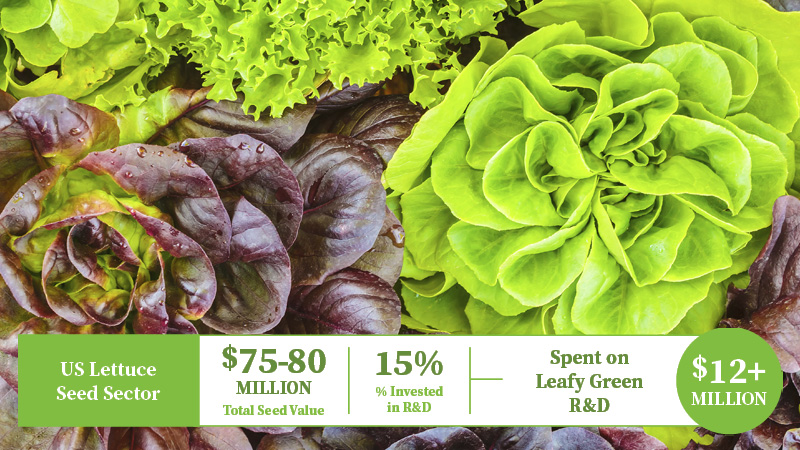Warm February Concerning, But Fruit Growers Shouldn’t Panic
Spring appears to be arriving well before its official March 20 start date across almost the entire Southeast, from San Antonio to Atlanta to Washington, DC, and is likely to keep rolling north, already bringing surprising signs of spring to portions of the central Midwest and northeastern states.
That’s according to a new set of scientifically backed maps produced by the USA National Phenology Network (NPN), which is led by the U.S. Geological Survey, showing just how unusually early spring is arriving in the U.S.
According to NPN, spring is now making an appearance in coastal California, southern Nevada, southeastern Colorado, central Kansas, Missouri, southern Illinois, Indiana, and Ohio. And it’s rolling up across West Virginia and Virginia, soon to hit Philadelphia and Indianapolis, but it’s already sprung – days ago – across the southern Great Plains and Southeast Atlantic Coast, and it was 22 days early in Washington, DC.
However, university Extension experts say fruit growers need not panic. After two months of unusually warm conditions throughout Indiana, state climatologists based at Purdue University believe temperatures will slowly return to seasonal norms over the next month, which is good news for fruit growers and home gardeners concerned that their plants might be emerging too quickly.
“There is a lot more weather to come before we know what the fruit crop outlook will be, but as of right now things are in good shape and, in fact, a bit more chilling is needed for some fruit crops,” said Bruce Bordelon, Professor of Horticulture and Purdue Extension Viticulture and Small Fruit Specialist.
Bordelon advised growers to be patient, giving trees, bushes, and vines more time to get their winter rest.
“The general consensus for now is to delay dormant pruning until a bit later in case there is significant weather to come,” he said.
Fruit production is an increasingly important part of Indiana’s agriculture industry. The state ranks 10th nationally in blueberry production at 3.6 million pounds annually and produces 26 million pounds of apples per year, ranking 20th in the country.
Together, Indiana apple and blueberry crops have a combined value of more than $13 million. In addition, Indiana produces about 3 million pounds of peaches each year and is home to a thriving wine grape industry with more than 85 wineries and vineyards statewide.
Peter Hirst, Professor of Horticulture and Purdue Extension Commercial Fruit Tree Specialist, says so far temperatures have not been warm long enough to threaten the state’s fruit crop.
“We really haven’t had that much warm weather,” Hirst said. “If we were to have another week with temperatures in the 70s, that would be cause for concern. Another saving grace is that the cool down we are expecting will be moderate and gradual. And we really haven’t had any extended periods of extreme cold this winter so fruit buds are in good condition.”
If the weather gets too warm too soon, fruit trees might start to bud out prematurely, putting them at higher risk of injury if temperatures drop significantly.
That pattern last occurred in 2012, resulting in severe losses to the state’s fruit crop.
Bordelon said that doesn’t appear to be the case this year, noting that forecasters at the Indiana State Climate Office see no signs of a sudden deep freeze that could damage early emerging trees this year.
Mark Longstroth, Michigan State University Extension, agrees that it doesn’t look like the Midwest will see a repeat of 2012. That year was a nightmare especially for growers of Michigan’s normally large apple crop, which was decimated.
“Growers ask me how far ahead of 2012 we are and that makes no sense to me because we are just starting growth in southwest Michigan,” Longstroth states in a blog post. “There is nothing to compare yet. We are in the middle of several days of warmer weather with daytime highs near 60 °F. In 2012, we had a week of highs in the 80s and nighttime lows in the 60s.”









